The IDBI Junior Assistant Manager (JAM) exam is one of the most sought-after recruitment tests for aspirants looking to begin their banking career. Among the key sections in the online test, Quantitative Aptitude plays a crucial role in determining a candidate’s overall performance. With increasing competition and the evolving nature of questions, understanding the pattern and preparing strategically has become essential. Since this section is common in most bank exams, mastering it can boost your overall chances of success, not just in IDBI but in similar exams too.
IDBI JAM Quantitative Aptitude 2025
Quantitative Aptitude evaluates a candidate’s numerical ability, problem-solving skills, and logical thinking. In the IDBI JAM Recruitment 2025 exam, this section not only tests accuracy but also the speed with which candidates can handle number-based questions under pressure.
The Quantitative Aptitude section consists of 40 questions, each carrying 1 mark, making a total of 40 marks. The time allotted to solve this section is 35 minutes, as the total duration for all sections combined is 2 hours. There is also a negative marking of 0.25 marks for every incorrect answer. Hence, candidates must balance speed with accuracy.
IDBI JAM Quantitative Aptitude Questions 2025
Directions (01-05): Given below in each question there are two statements (I) and (II). You must determine; which statement is enough to give the answer of question. Also, there are five alternatives given, you have to choose one alternative as your answer of the questions:
Q01. What will be area of rectangle.
I. Sum of diameter of circle and two times of length of rectangle is 76 cm.
II. sum of perimeter of rectangle and radius of circle is 94 cm.
(a) only statement I
(b) Only statement II
(c) Both I and II together
(d) Either I or II alone
(e) Both statements together are not sufficient
Q02. What is age of A after two years.
I. Average of present age of B and C is 48 years and present age of B is 50% more than present age of A.
II. C is 8 years elder than D and ratio of present age of D to A is 1 : 2.
(a) Both I and II together
(b) Only statement II
(c) only statement I
(d) Either I or II alone
(e) Both statements together are not sufficient
Q03. If speed of train A is 72 km/hr, then find out the length of train A
I. Train A crosses another train B moving in opposite direction in 12 sec and the speed of train B is 50% more than the speed of train A.
II. Ratio of length of train B to train A is 1 : 2.
(a) Either I or II alone
(b) Only statement I
(c) Only statement II
(d) Both I and II together are not sufficient
(e) Both I and II together
Q04. A basket contains total 12 units of 3 types of fruits in which there are five apples and rest are oranges and pears. What is difference between oranges & pears.
I. If one fruit taken out from basket randomly then probability of it being either orange or pear is 7/12
II. If two fruits taken out from basket randomly then probability of both being either oranges or pears is 1/6.
(a) Only statement II is sufficient
(b) Either statement I or Statement II alone is sufficient
(c) Statement I and II both together is sufficient
(d) Only statement I is sufficient
(e) Neither statement I nor statement II is sufficient
Q05. What is his percentage profit in the whole transaction?
I. Veer purchased 20 dozen pens at Rs. 40 per dozen.
II. Veer sold 8 dozen pens at 10% profit and 12 dozen pens at 20% profit.
(a) Only statement II is sufficient
(b) Either statement I or Statement II alone is sufficient
(c) Statement I and II both together is sufficient
(d) Only statement I is sufficient
(e) Neither statement I nor statement II is sufficient
Directions (06-10): Study the passage given below and answer the following questions.
A store sold 5 different products (P, Q, R, S & T) in 2018 & 2019. Units of P sold in 2019 are 90% of units of P sold in 2018. Ratio of units of P to Q sold in 2018 is 2:1. Units of Q & S sold in 2018 is same. Units of R sold in 2018 are 40% more than units of S sold in 2018. Units of T sold in 2018 are 2,000 less than units of R sold in 2018. Ratio of units of S sold in 2018 to units of Q sold in 2019 is 5:6. Units of P & R sold in 2019 is same.
Units of Q sold in 2019 are 60% of units of S sold in 2019. Units of R sold in 2018 is equal to units of T sold in 2019. Average of units of T sold in 2018 & 2019 is equal to units of Q sold in 2018.
Q06. Units sold of R & S together in 2018 are what percent of units sold of Q in 2019?
(a) 160%
(b) 200%
(c) 240%
(d) 150%
(e) 180%
Q07. Find average number of units sold of Q, R & T in 2018.
(a) 2,500 units
(b) 2,000 units
(c) 2,400 units
(d) 2,700 units
(e) 3,000 units
Q08. Find ratio of units sold of S & T together in 2018 to units sold of P& R together in 2019.
(a) 2:3
(b) 7:11
(c) 5:8
(d) 5:6
(e) 4:9
Q09. Units sold of all these 5 products together in 2019 are what percent more or less than units sold of all these 5 products together in 2018?
(a) 26 2/3 %
(b) 46 2/3 %
(c) 16 2/3 %
(d) 13 2/3 %
(e) None of the above.
Q10. If per unit selling price of P in both year (2018 & 2019) is Rs.32 and per unit cost price of P in both year (2018 & 2019) is Rs.26, then find total profit earned by the store by selling P in 2018 & 2019 together. (Consider store sold all the units of P in both these years)
(a) Rs.45,000
(b) Rs.54,000
(c) Rs.64,000
(d) Rs.57,000
(e) Rs.69,000
Directions (11-15): Find the wrong number in the following number series.
Q11. 2030, 2050, 2000, 2100, 1900, 2300, 1500
(a) 1500
(b) 2030
(c) 2050
(d) 2100
(e) 1900
Q12. 10, 6, 6, 9, 18, 45, 135
(a) 9
(b) 18
(c) 135
(d) 10
(e) 45
Q13. 337, 318, 301, 278, 249, 218, 181
(a) 318
(b) 278
(c) 301
(d) 249
(e) 218
Q14. 75, 100, 200, 425, 820, 1450, 2350
(a) 2350
(b) 425
(c) 200
(d) 820
(e) 1450
Q15. 81, 100, 130, 171, 223, 285, 360
(a) 81
(b) 285
(c) 360
(d) 171
(e) 100
Q16. Shivam lent Rs.X at 20% p.a. at SI for 2 years to Vikas and Vikas then lent 80% of money borrowed from Shivam to Harish at 25% p.a. at SI for 2 years and invested rest borrowed amount in a scheme offering 30% p.a. at SI for 2 years. If at the end of the 2 years Vikas repaid his debt and earned Rs.6,000 in the whole transaction, then find X.
(a) 30,000
(b) 45,000
(c) 50,000
(d) 35,000
(e) 25,000
Q17. Vessel–P contains 100l mixture of oil and water in the ratio 3:2 respectively and vessel–Q contains T liters mixture of oil and water in the ratio 7:5 respectively. Complete mixture of both vessels is mixed in another vessel–R and ratio of oil and water in vessel–R becomes 33:23 respectively. Find T?
(a) 180
(b) 150
(c) 120
(d) 200
(e) 160
Q18. Time taken by pipes A, B and C together to fill a tank is 45 minutes and time taken by pipes B and C together to fill the same tank is 75 minutes. If pipe B is 100% more efficient than pipe C, then find time taken by pipe A & B together to fill the same tank.
(a) 56.25 minutes
(b) 50.25 minutes
(c) 46.25 minutes
(d) 54.25 minutes
(e) None of the above.
Q19. Ratio of cost price of a pen to that of a pencil is 3:4 and shopkeeper marked each of pen and pencil 20% above their respective cost prices. If shopkeeper allowed 10% discount on each of pen & pencil and earned a total of Rs. 2.8 on selling a pen & a pencil, then find the cost price of a pen.
(a) Rs.25
(b) Rs.15
(c) Rs.35
(d) Rs.45
(e) Rs.55
Q20. Age of A is 16 years more than that of C and ratio between ages of B & C, 5 years hence is 7:5 respectively. If present age of B is 75% of age of A 4 years hence, then find present age of A is what percent of the sum of present ages of B & C together?
(a) 54%
(b) 60%
(c) 78%
(d) 72%
(e) 66%
| Answers | |||||||||
| 1 | e | 2 | a | 3 | e | 4 | a | 5 | a |
| 6 | b | 7 | a | 8 | e | 9 | d | 10 | d |
| 11 | b | 12 | d | 13 | a | 14 | d | 15 | b |
| 16 | c | 17 | a | 18 | a | 19 | b | 20 | d |
Preparation Strategy for Quant Section
- To ace the Quantitative Aptitude section, candidates should focus on building conceptual clarity and speed-based practice. Here are some tips:
- Daily practice of simplification and approximation to enhance calculation speed
- Learn square roots, cube roots, percentages, and basic fraction conversions by heart
- Attempt mixed quizzes that simulate the exam environment
- Solve previous year papers to get an idea of commonly repeated question types
- Allocate a timer during practice sessions to track and improve time per question
- Regular mock tests and analysis of weak areas can significantly help in improving performance.
Mistakes to Avoid in Quantitative Aptitude
Accuracy should not be compromised for speed. Intelligent skipping and selection of questions is key.
- Spending too much time on one question
- Skipping basic revision of formulas
- Ignoring time-consuming DI sets until the last minute
- Over-reliance on shortcuts without understanding the logic
- Falling into traps with approximation-based options

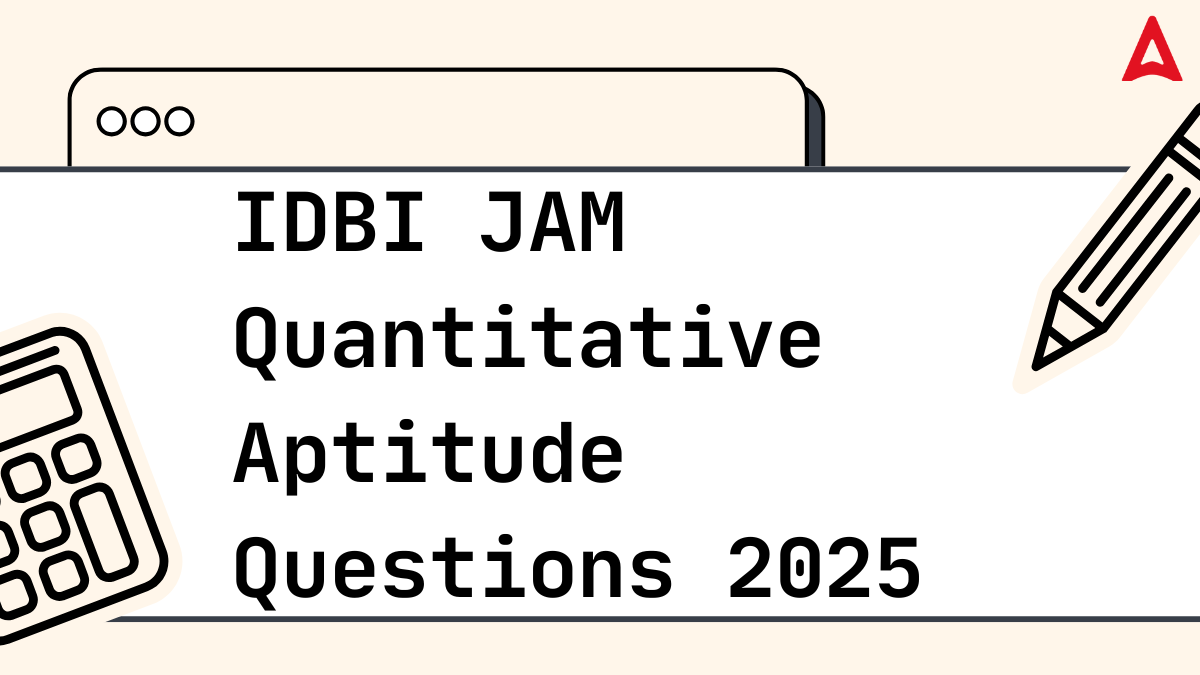


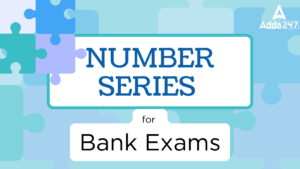 Number Series Questions for Bank Exams
Number Series Questions for Bank Exams
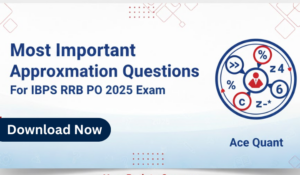 Most Important Approximation Questions f...
Most Important Approximation Questions f...
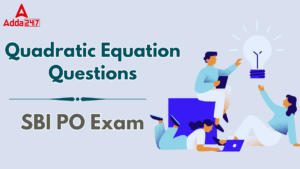 Quadratic Equation Questions for SBI PO ...
Quadratic Equation Questions for SBI PO ...


